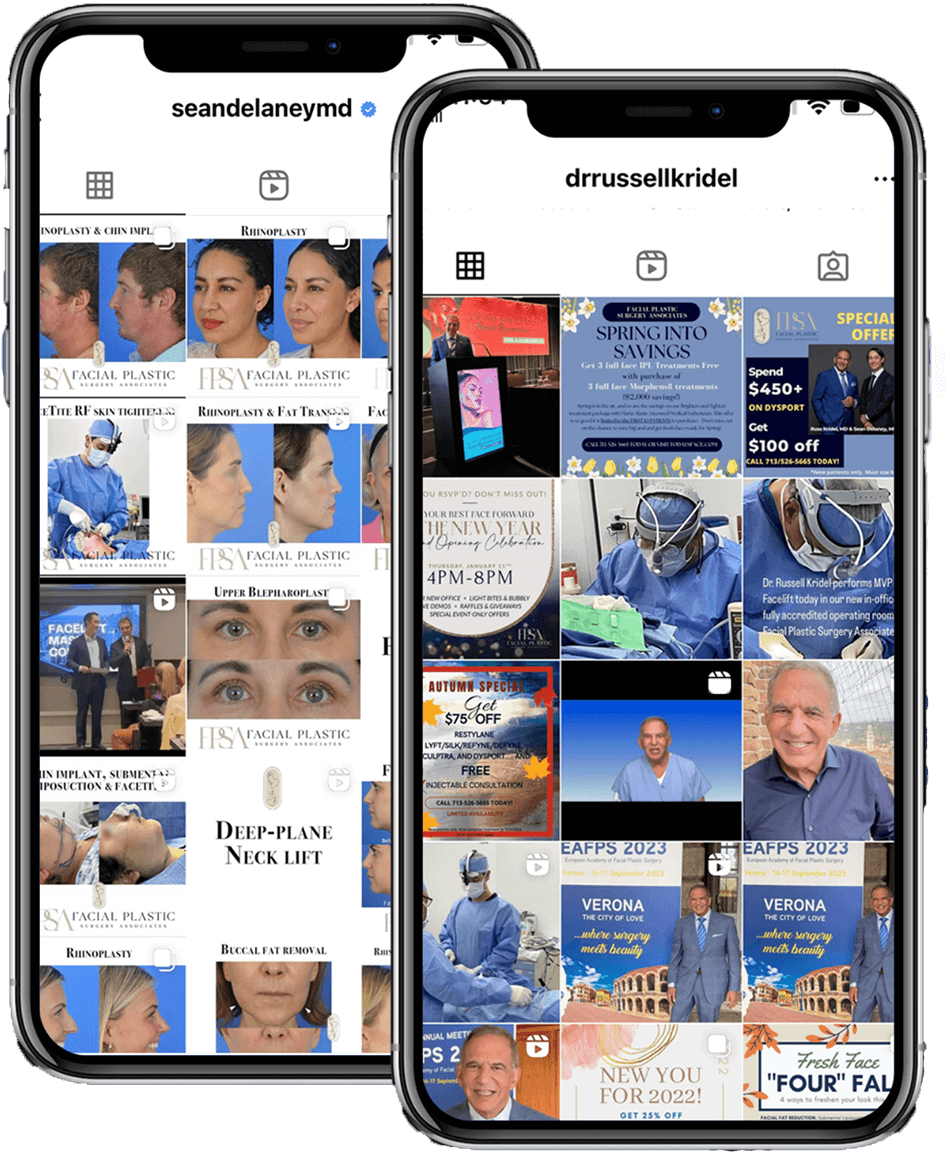December 02, 2022 | Rib Cartilage
3 minute read
Rib cartilage is frequently used for cartilage grafts during rhinoplasty when insufficient septal cartilage is available. A person may not have enough septal cartilage if they naturally have small septal cartilage or have had surgery before where their septal cartilage has already been harvested for cartilage grafts.
Our native cartilage provides support and structure for the lower two-thirds of the nose. Therefore, cartilage is the ideal grafting material in the nose to give the same support and flexibility. In addition, because cartilage is a biological tissue, our body will incorporate the cartilage into the nose over time. Various synthetic materials, such as silicone, have been used in rhinoplasty. However, because these synthetic materials are not biologically incorporated with the surrounding tissue, they carry the risk of infection, mobility, and extrusion, which, although rare, can be devastating to the patient when it happens. Therefore, we prefer to use cartilage to support and reshape the nose because of its significantly lower risk of infection and extrusion than synthetic materials.
There are two sources of rib cartilage that can be used for rhinoplasty. Rib cartilage can come from a donor after it has been processed by a tissue bank or harvested from your own chest. Dr. Russell Kridel published a landmark study (1) in 2009 in the Archives of Facial Plastic Surgery where he found equivalent safety and reliability when looking at rhinoplasty outcomes using donor cartilage compared to those in patients who used their own cartilage. Dr. Kridel concluded that donor rib cartilage was a viable alternative to the patient’s own rib cartilage. Furthermore, by using donor rib cartilage, patients can forgo the discomfort associated with harvesting their own rib cartilage.
A new study (2) published in 2022 in Facial Plastic Surgery and Aesthetic Medicine, compared the cost-effectiveness of using a donor rib cartilage versus harvesting the patient’s own rib cartilage. They found that despite the upfront cost of the donor rib graft, the cost of harvesting one’s own rib cartilage was significantly higher by an average of nearly $3,800 per surgery due to the increased surgical time and material costs.
In summary, donor rib cartilage has been shown to be equivalent to one’s own rib cartilage and by using donor cartilage we can obviate the potential discomfort associated with harvesting your own rib graft and reduce overall cost. Of course, there are those who prefer to use their own tissue for personal or religious reasons, and we respect their wishes. At FPSA, we offer our patients options of using a donor graft or harvesting their own rib cartilage.
Sources:
(1) Long-term Use and Follow-up of Irradiated Homologous Costal Cartilage Grafts in the Nose. Russell W. H. Kridel, MD; Faramarz Ashoori, MD; Edmund S. Liu, MD; Carol G. Hart, RN, MSN. Arch Facial Plast Surg. 2009;11(6):378-394.
(2) Cost Analysis of Cadaveric Versus Autologouc Costal Cartilage Grafting in Septorhinoplasty. Ghazal Daher, Kasra Ziai, Robert Saadi, et al. Facial Plastic Surgery & Aesthetic Medicine/ 2022; 24(6): 489-490




